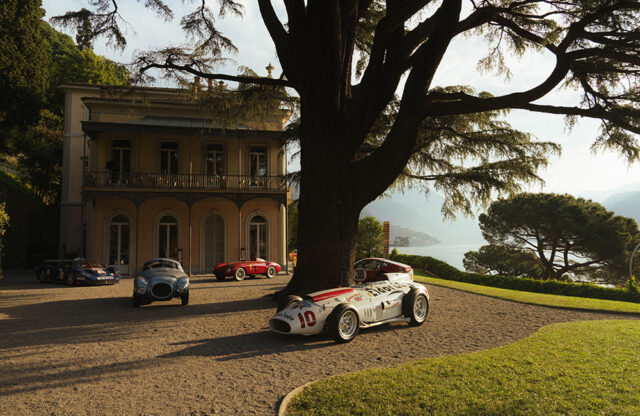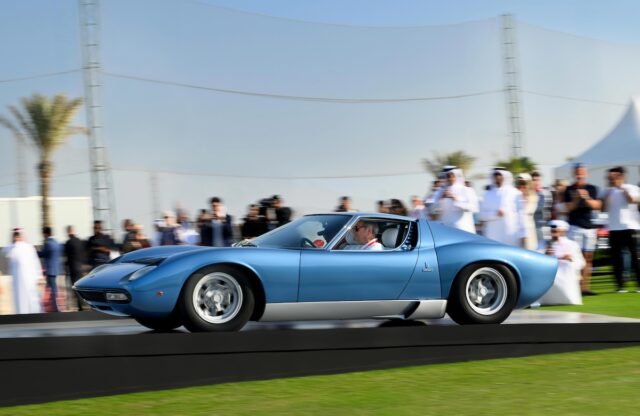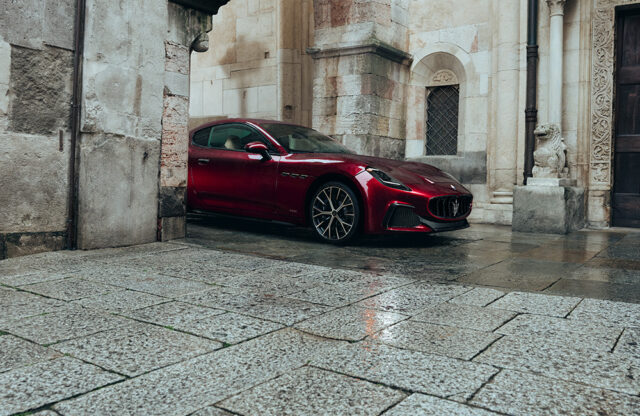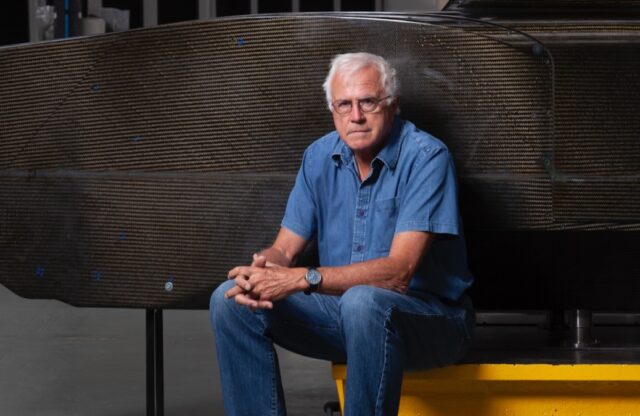The 2025 FuoriConcorso brought the very best of Italian motor-racing history to the fore, with two days of stunning cars in the sun-drenched environs of the villas above Lake Como. Held on May 24-25 at the same time as the Villa d’Este Concours d’Elegance and the BMW-led events at Villa Erba, FuoriConcorso had a cool, calm demeanour all of its own.
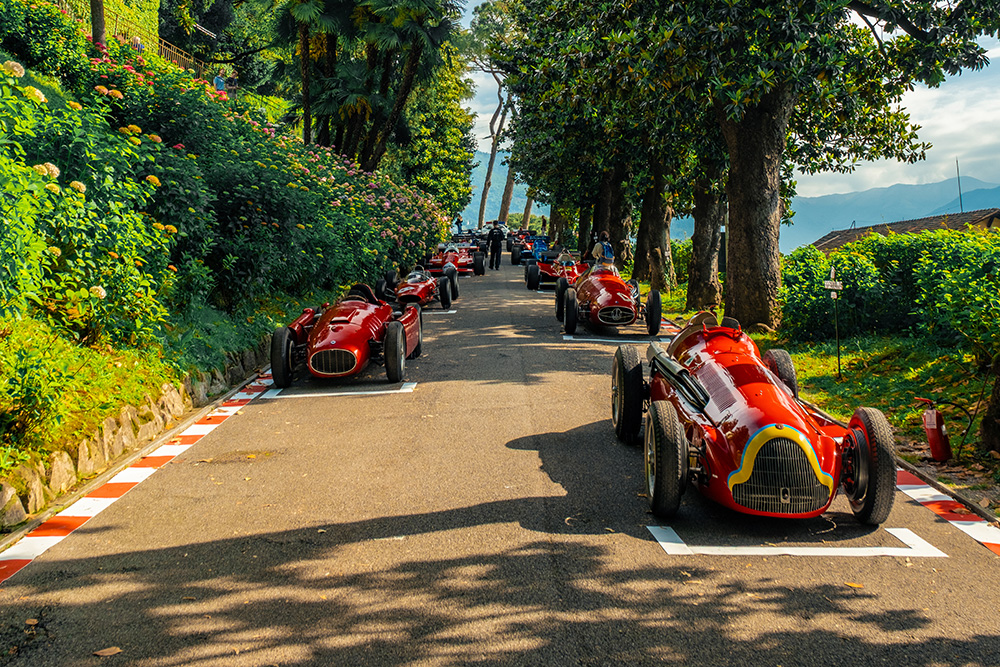
This year’s theme – Velocissimo – got off to a great start with a line-up of Italian Formula 1 cars from across several eras and manufacturers. The assortment started with an Alfa Romeo Tipo 159 Alfetta of the kind used by Nino Farina to win the inaugural F1 World Championship. It sat with a 1954 Lancia D50, which was novel in using its 2.5-litre V8 as a stressed chassis element and pannier fuel tanks between the wheels for better weight distribution. On the second row of the picture above is a 1954 Maserati 250F (right) and a 1961 Ferrari 156 of the kind used by Phil Hill to nab the 1961 drivers’ and constructors’ titles for the Scuderia.
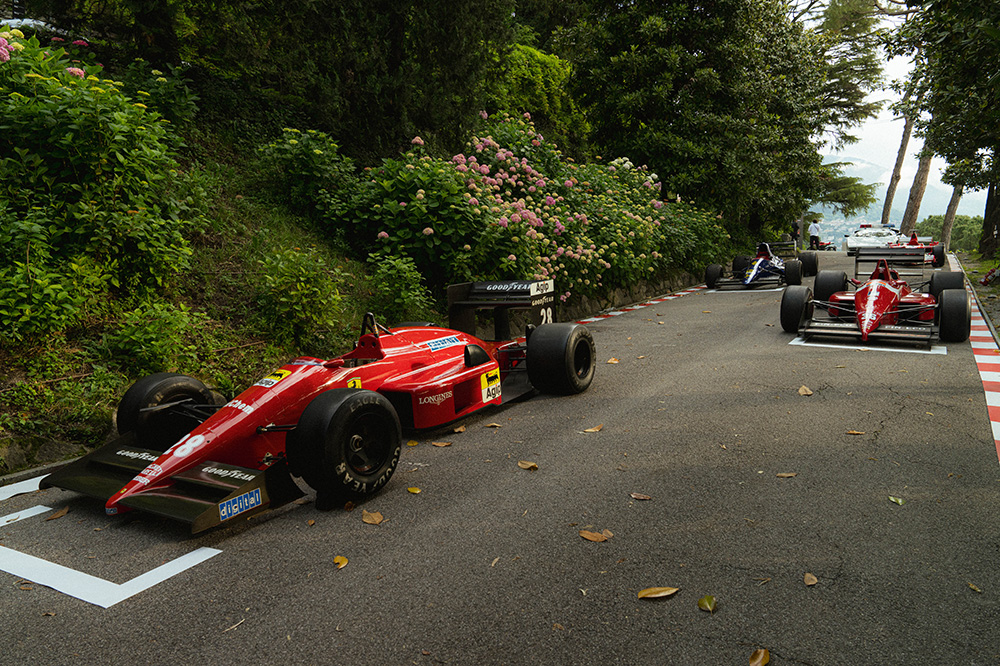
Ferraris were obviously a key part of the grid line-up; in the foreground you can see the Gustav Brunner/John Barnard-designed F187-88 as driven by Gerhard Berger and Michele Alboreto. Berger would take the only Ferrari victory of the 1988 season in this car, at the Italian Grand Prix only a few weeks after the passing of Enzo Ferrari.
However, there were other fascinating teams on display, such as Osella, Alfa Romeo and, in this picture, BMS F1 Scuderia Italia F188. Designed by Dallara and powered by a naturally aspirated 3.5-litre Cosworth DFZ V8, it was taken to several strong qualifying performances by Alex Caffi, but sadly points finishes were beyond the small team.
In the background to the left, you can see the Lamborghini 291 of 1991. Powered by a Lamborghini V12 in a Mauro Forghieri and Mario Tolentino chassis, it featured a unique arrow-shaped nose and other innovative features. Nicola Larini and Eric van de Poele were on driving duties, but despite strong reliability, points finishes didn’t occur.
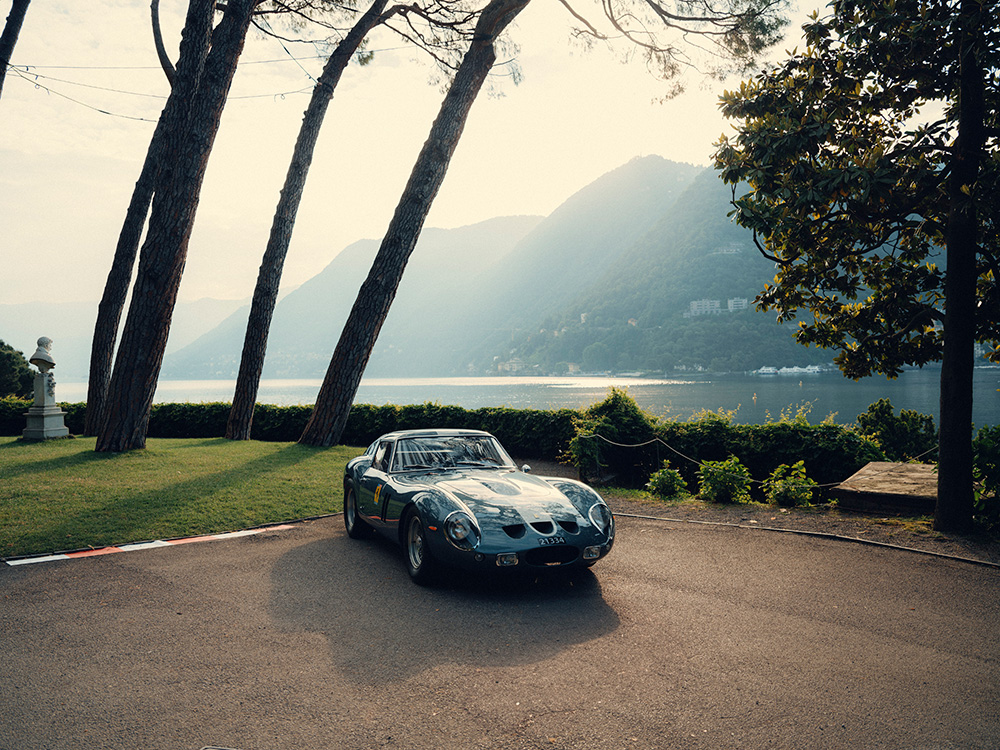
One of the most well used Ferrari 250 GTOs, chassis 3387GT, was on display. This car was driven by Phil Hill and Olivier Gendebien to second overall and first in class at the 1962 Sebring 12 Hours, before being taken to sixth overall and first in class at Le Mans the same year, with Bob Grossman and George Roberts Jr on driving duties.
Grossman would further compete with the car at Bridgehampton, Watkins Glen and Nassau, before selling the car to Libero Gerardi and Mike Gammino II in 1963, It would compete until the end of the 1965 season. After a spell in several US collections, it was restored by Joe Macari in 2019, and it has been in the care of the current owner since 2020.
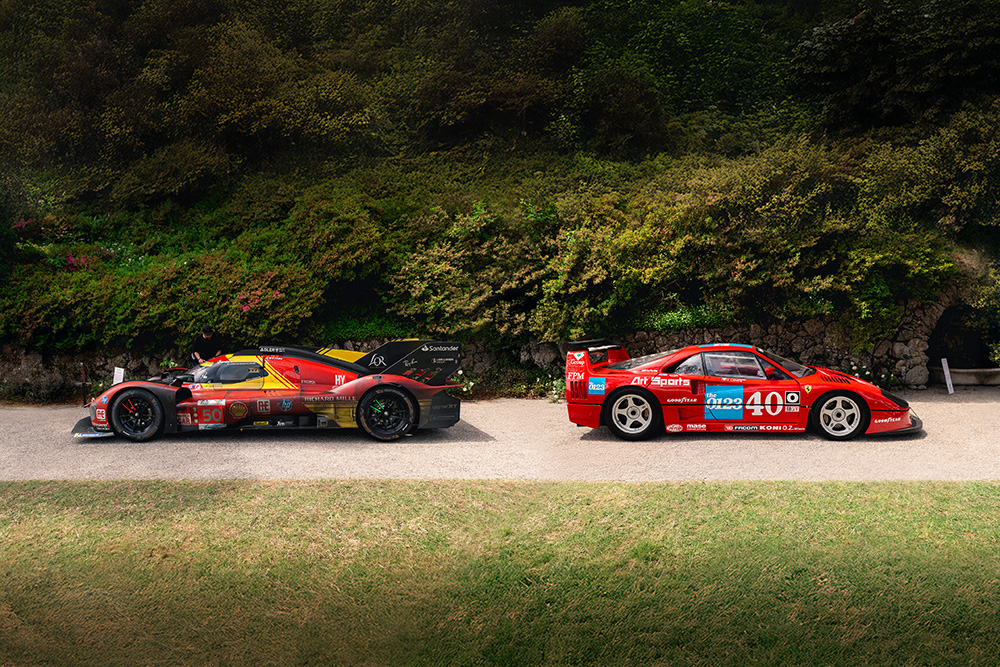
Two endurance racing legends from Ferrari – on the left, the 499P driven to victory at the 2024 Le Mans 24 Hours by Antonio Fuoco, Miguel Molina and Nicklas Nielsen. On the right is the 1989 Ferrari F40 LM driven in the IMSA series in 1990, with its best result being second place at Mosport for Jacques Laffite and Hurley Haywood.
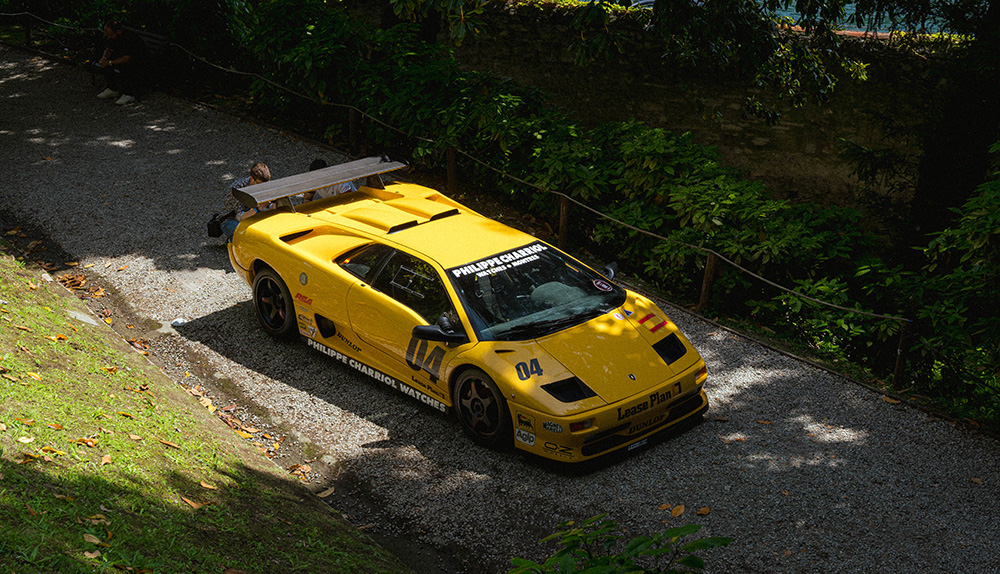
The Lamborghini Diablo SV-R was the first official racing car, developed for the 1996 Supertrophy – a 32-car one-make series run by Stéphane Ratel. This particular car was driven by Spanish drivers Santiago Puig and Fernando Moller.
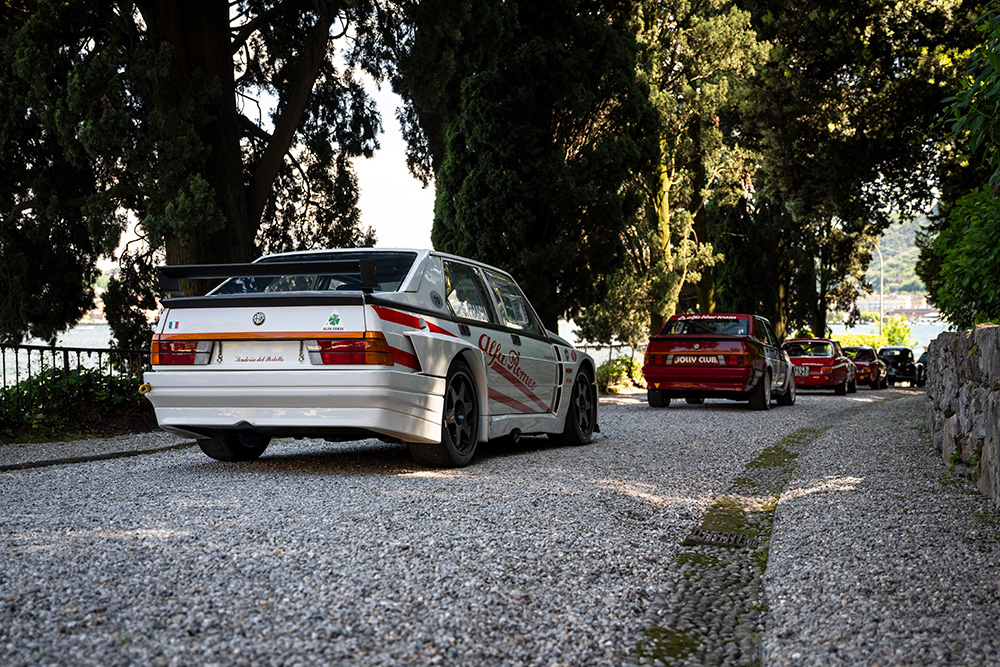
Alfa Romeo took over the entirety of Villa Sucota to launch a new book on the 33 Stradale, for which you can read a review in a forthcoming issue of Magneto. It’s also the 40th birthday of the 75/Milano, the last Alfa Romeo released when the firm was under independent control. In the foreground is the Turbo Superturismo, a development of the Group A Turbo Evoluzione but with more power for the Italian Touring Car Championship. Giorgio Francia would finish second in the 1991 Championship in a 75 Superturismo.
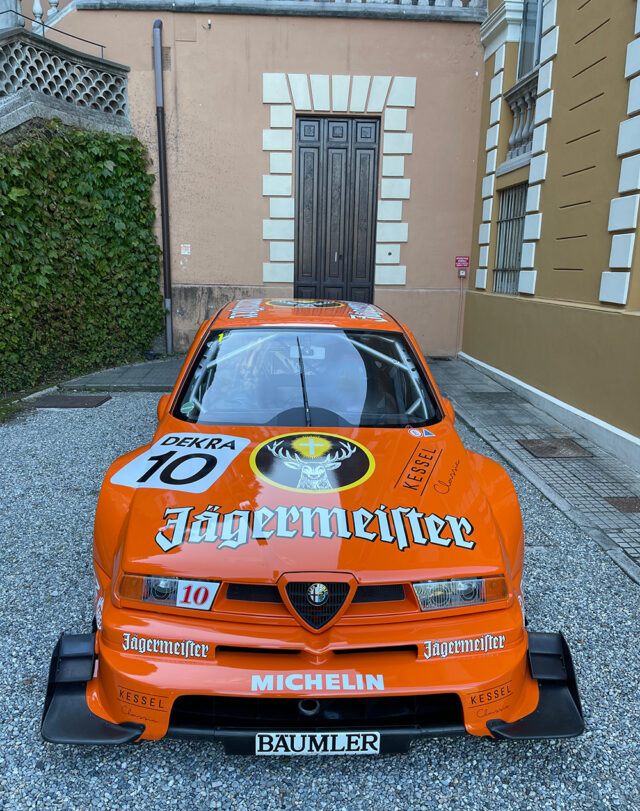
It was a very special celebration of racing Alfa Romeos, with a Giulia TZ and TZ2 lining up with the 33 Stradale (bottom left), while the Alfa Romeo Museum brought along its 6C 1750 Zagato (top left), seen here with a 1933 short-chassis 8C Touring Spider, originally delivered to Switzerland and used in the 1933 Coppa Principessa di Piemonte and several Swiss hillclimbs.
Top right is an Alfa Romeo 33/3, which took first place at the 1971 Brands Hatch 1000km with Henri Pescarolo and Andrea de Adamich behind the wheel, while below right is the 1995 Alfa Romeo 155 V6 Ti famously driven to a surprise double victory at the Diepholz round of the 1995 DTM by Michael Bartels. It had been a lean year for victories for the Alfa team – indeed, Nicola Larini and Christian Danner were the only other drivers to win. The result was extra special, because the car had been painted at least once before, adding several kilos. Bartels would take two poles and victories, and even though the rest of the season was marred with reliability issues, he still finished ahead of Works and fellow F1 refugees Alessandro Nannini and Giancarlo Fisichella.
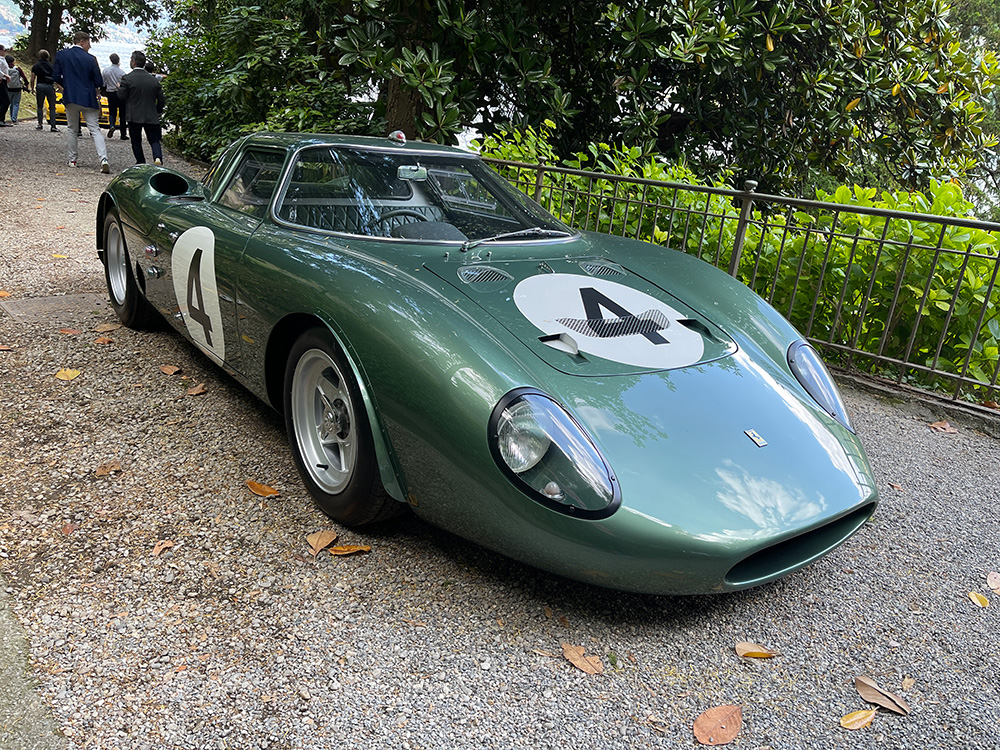
This 1964 Ferrari 250 LM was originally supplied to David Piper, and raced through to 1966, with podiums at Monza, Goodwood and Spa over the three years, plus a victory at Crystal Palace in 1965. Piper drove the Ferrari himself on most occasions, but Richard Attwood, Mike Spence, Mike Salmon and David Hobbs would all get wheel time. Jeff Edmonds acquired the car in 1966, yet after a fire it was subsequently returned to Piper and rebuilt. This is a common theme with this car, which has been rebuilt several times – it received a new factory chassis after a Snetterton shunt in 1964.
After the car was rebuilt by Piper in the 1970s, it was acquired by Nigel D Sheffield, and raced by Charles Lucas in club events. In 1974 it had another crash, courtesy of Mike Salmon at Oulton Park. Piper rebuilt the car, and sold it to America. It was later rebodied again in 1978.
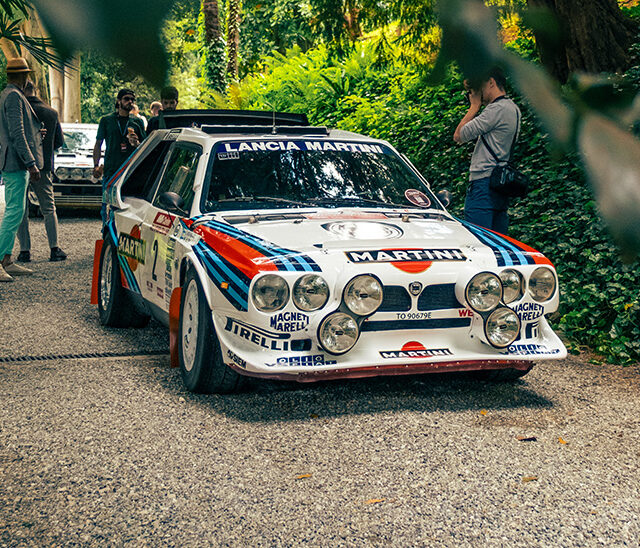
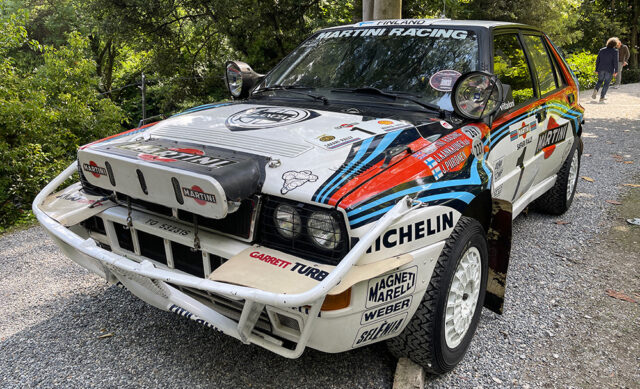

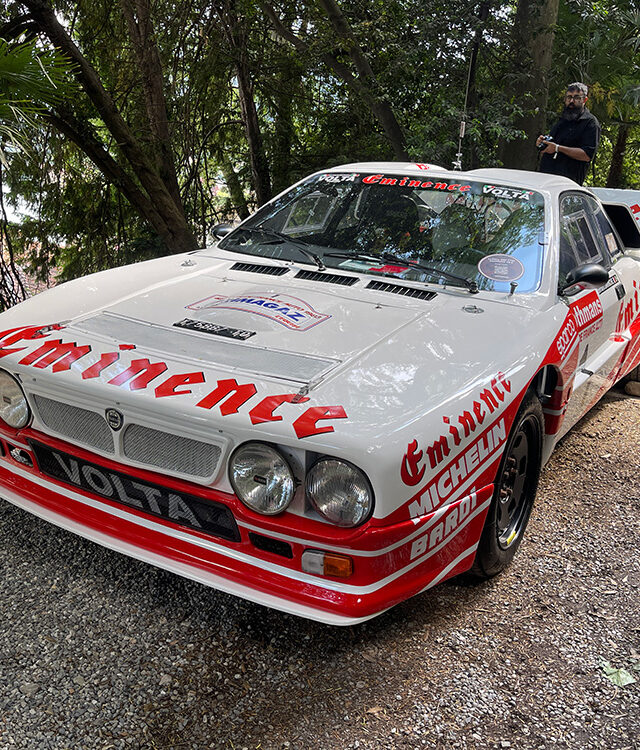
The 2025 FuoriConcorso also saw a dedicated section for the nation’s proud rallying history, with Lancia being the key theme. Bottom left is the 1992 Lancia Delta Integrale HF Evoluzione built especially for that year’s Safari rally – it finished second, with Juha Kankkunen and Juha Piironen. Top left is the 1986 Lancia Delta S4 raced in period by the Works Martini Lancia team and Jolly Club. It took second place at the Rally of New Zealand with Markku Alén and Ilkka Kivimäki, a win at the Valle d’Aosta Rally, and multiple podium finishes in Italian events with Dario Cerrato and Giuseppe Cerri.
Top right is the Lancia Fulvia F&M Fulvietta. First registered in 1968 as a Fulvia 1.3 HF, it was fitted with a prototype 1.6-litre engine and competed in the 1968 Tour De Corse; it took victory at the 1969 Rally del Mediterraneo a year later, and a second place at the Monte Carlo Rally. It was later converted into a barchetta for a crack at the Targa Florio.
Bottom right is the Lancia 037 raced by Bernard Darniche and Alain Mahé to third overall in the 1983 Tour de France Automobile. It would later be upgraded to Evo II specification and loaned to Andrea Aghini for the 1985 Coppa Liburna and then to Jean-Pierre Balmer and Denis Indermühle for the 1986 Critérium International Jurassien in Switzerland, which it won.
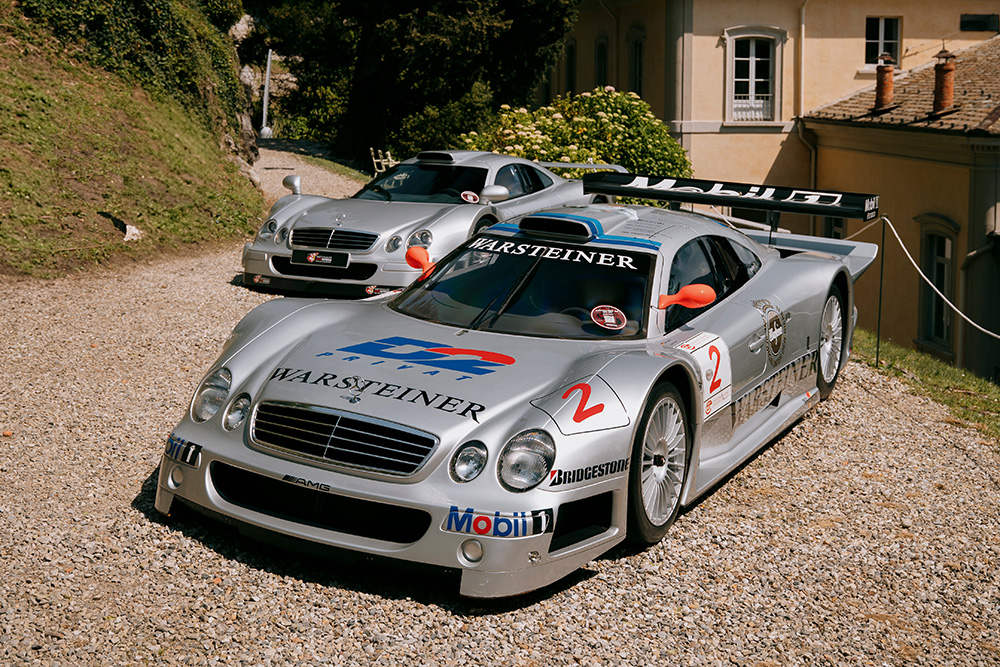
Away from the Italian machines there was support for the 2025 FuoriConcorso from the likes of Porsche and Mercedes-Benz; the latter brought along a CLK GTR Straßenversion while the Loh Collection displayed a racing version. There was also a chance to hear the 730bhp twin-turbo V8 that powered the 1990 World Sportscar Championship-dominating Sauber-Mercedes C11 reverberate around the hills overlooking the lake.
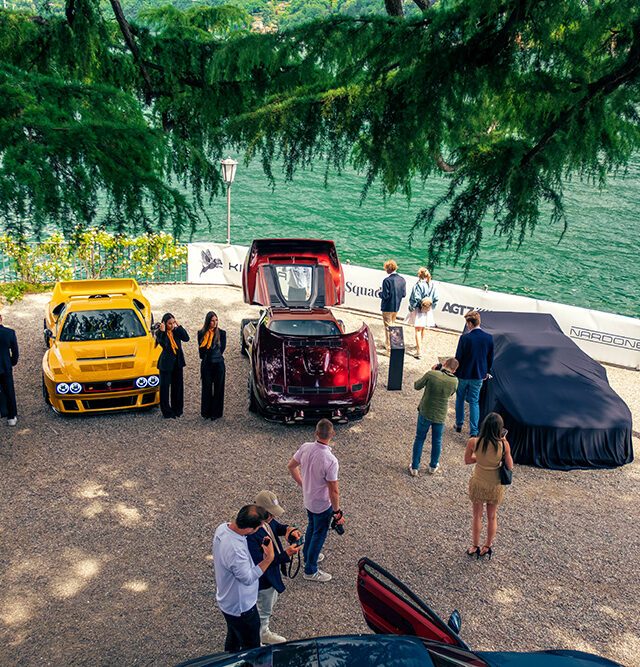
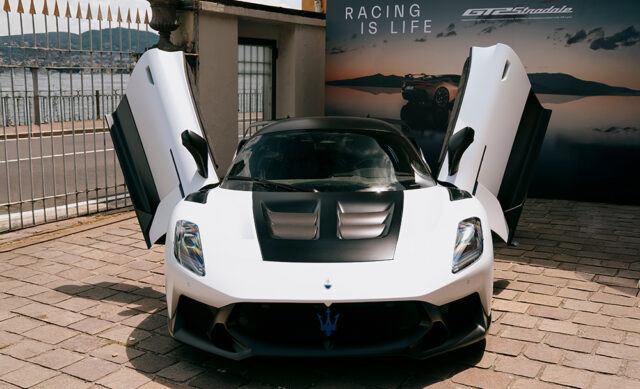
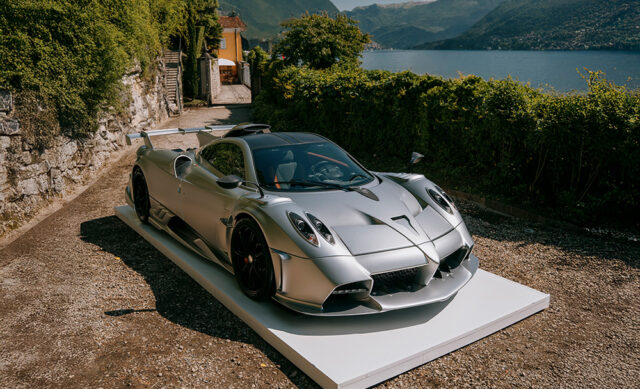
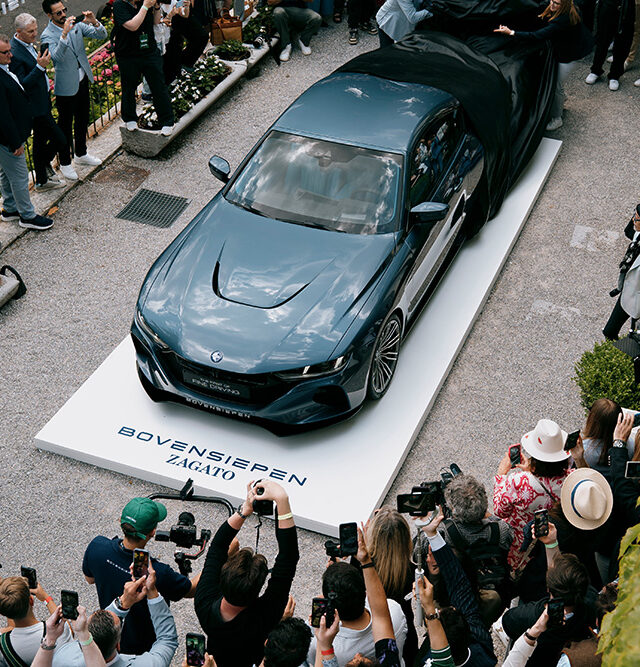
Another highlight of the 2025 FuoriConcorso was an increased number of manufacturers showing new cars at the event. Maserati brought an MCXTrema and an MC20 GT2 Stradale, while Pagani had a new version of the Huayra and long-time event supporter Zagato was there with Bovensiepen to unveil their new collaboration, which you can read more about here.
Porsche Design was also on hand to celebrate the Exclusive Manufaktur department, while Koenigsegg, Vanwall, Esser and Gemballa were also showing off their respective latest and greatest. Over at nearby Villa Flori, GTO Engineering, Kimera, Nardone and Zagato were all in attendance. The setting clearly works for displaying cars – we’ve overheard other manufacturers getting in on the act.
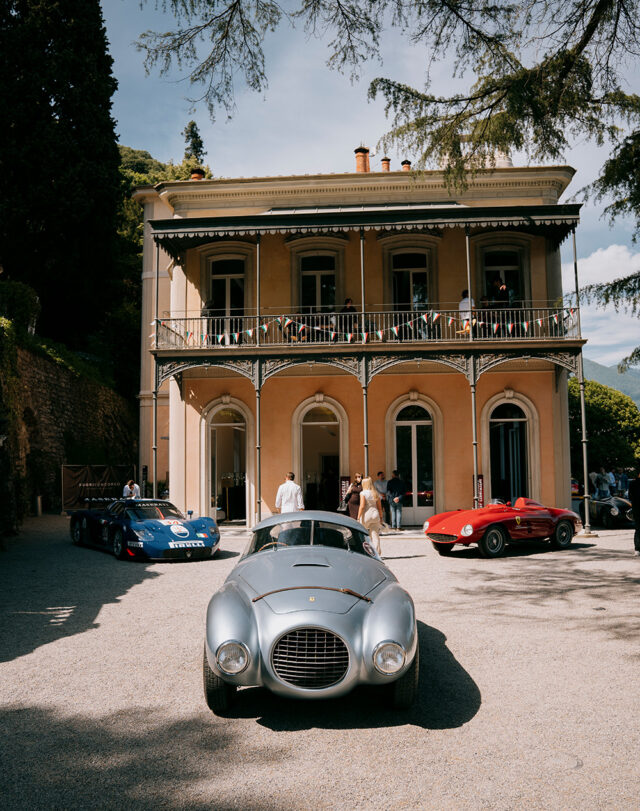

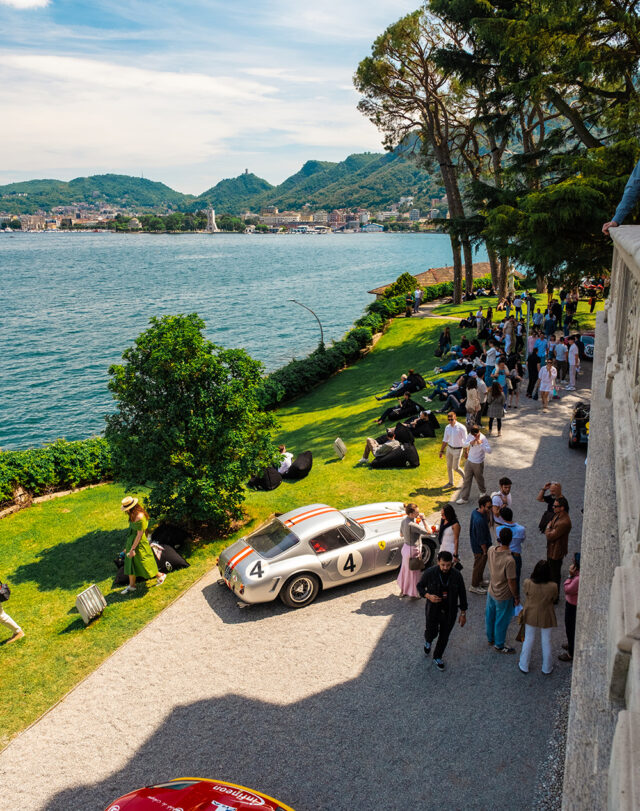
The diversity of the cars at the 2025 FuoriConcorso was a very good thing – for example, top left we have a Maserati MC12 GT1 racing car, a Ferrari 750 Monza and, in the foreground, the 1960 Ferrari 166MM/212 Export ‘Uovo’. Beginning life as a 166MM built for the Marzotto family, it received a new 166-type frame with the same number after a major crash at the 1950 Mille Miglia split the original in two. With a 212 Export engine sourced from elsewhere in the Marzotto fleet, the car was sent to Carrozzeria Fontana for Franco Reggiani to produce this one-off bodywork. It would lead the 1951 Mille Miglia for several hours ahead of the Works Ferraris, before they pulled ahead.
The Panini Collection of Maseratis provided several cars for the 2025 FuoriConcorso, such as the famous ex-Stirling Moss Eldorado 420M58 (lead picture) and this 200Si, ahead of its grand reopening in a new location in the coming months. Bottom right is the 1961 Ferrari 250 SWB Competizione of Ecurie Vienne, driven by Dr Gunther Placheta and actor Gunther Philipp under aliases such as Constantine, Carlo Brioni and Terramonte. It won the Zeltweg GT outing on its first outing, and would notch up several class podiums and a class victory over the next six years. Crashed on the road in Austria in 1967, it was later rebuilt to resemble a 275 GTB, before being restored back to SWB form in the 1970s.
Bottom left is the very first Formula 1 pace car – the second Lamborghini Countach LP400S Series III built. Created for company co-owner Jean Claude Mimran, it was finished in white with a blue interior, and was used as a pace car for the 1981 Monaco Grand Prix.
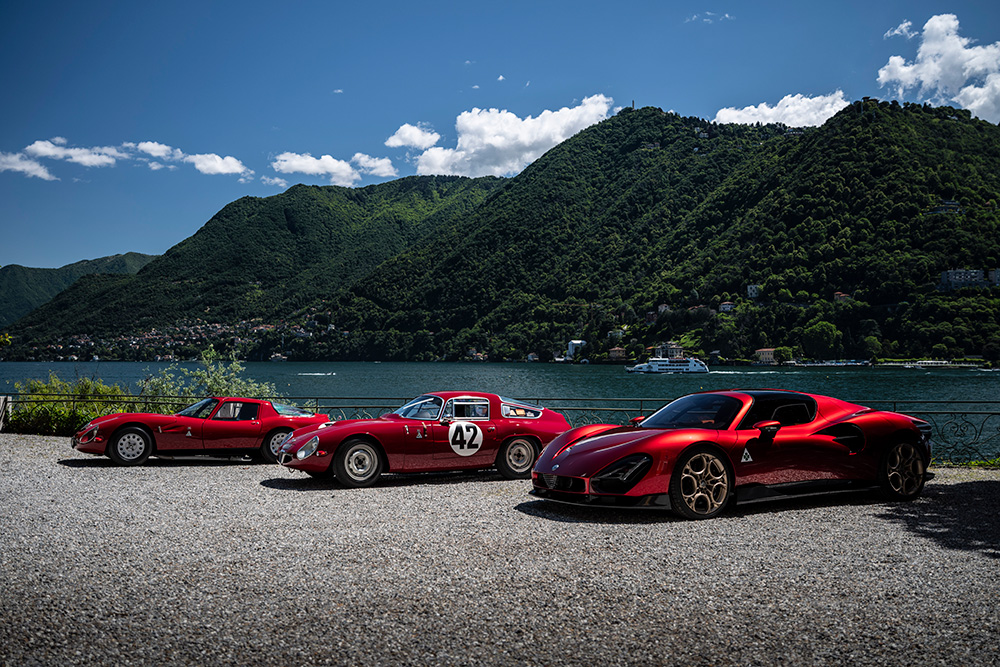
The 2025 FuoriConcorso was bigger and better attended than ever, with a diverse line-up of cars from collections, museums and private individuals. The beautiful setting, easy-going vibe and excellent manufacturer support continue to mark it out as an event to watch.
More information on FuoriConcorso can be found here.
